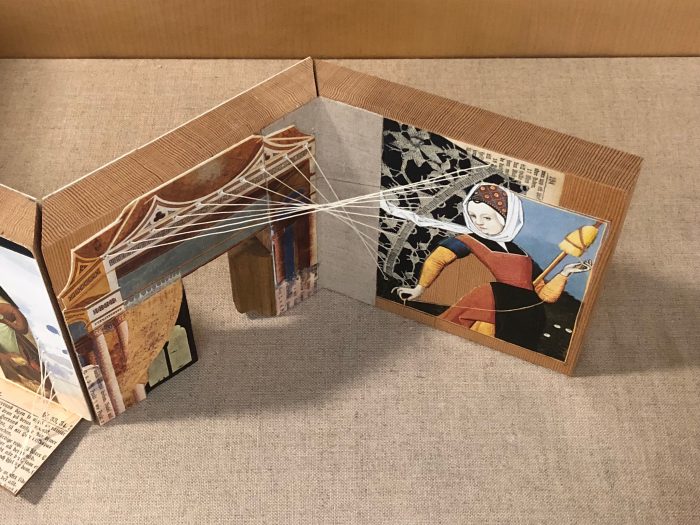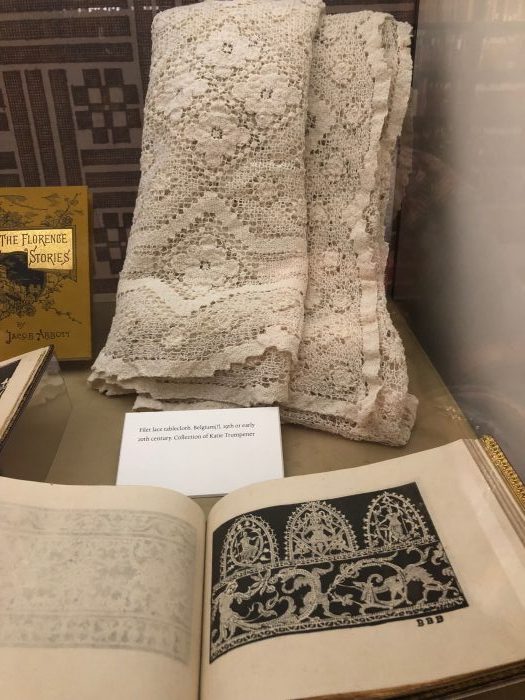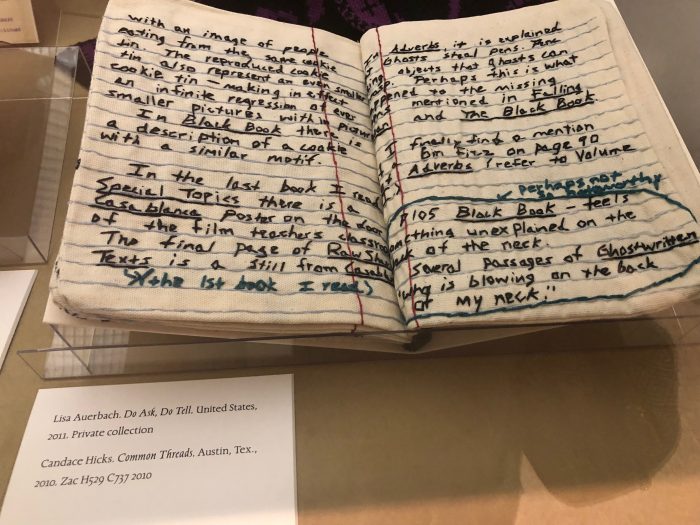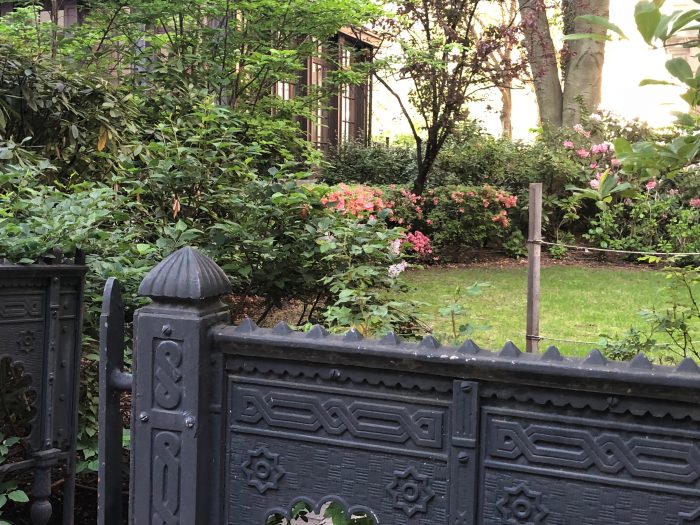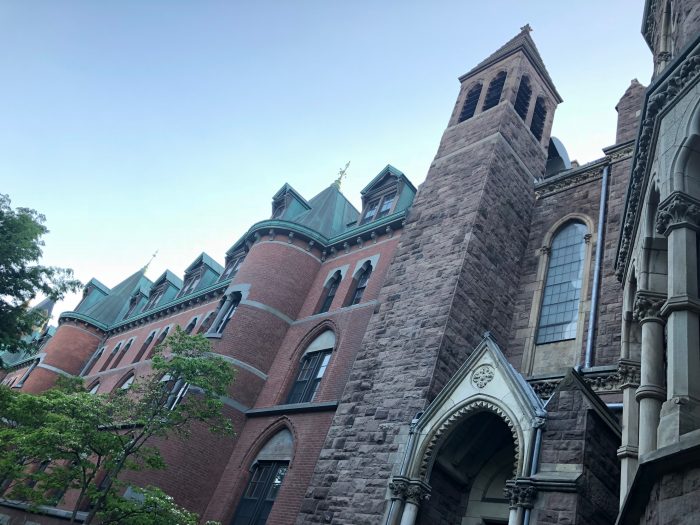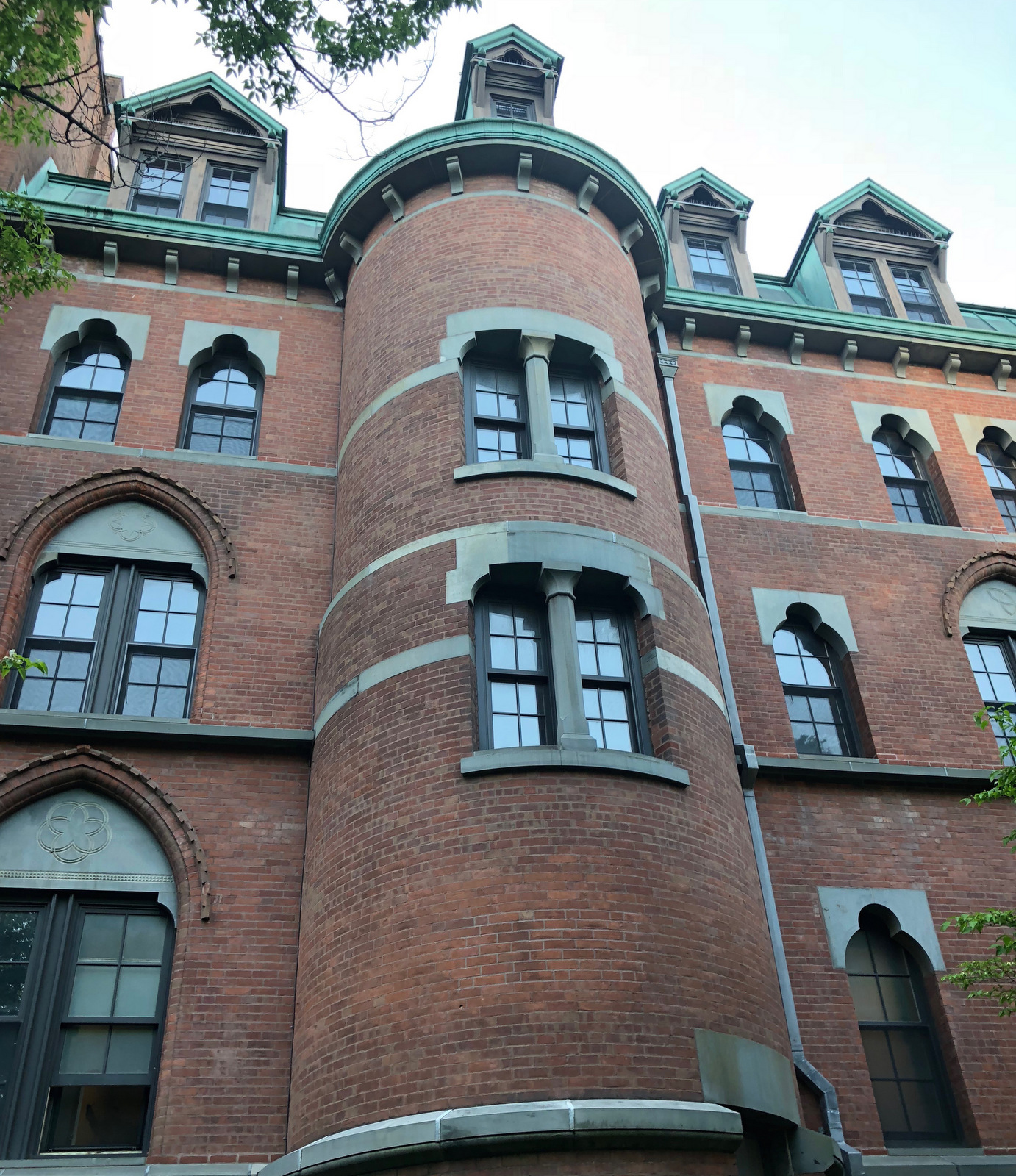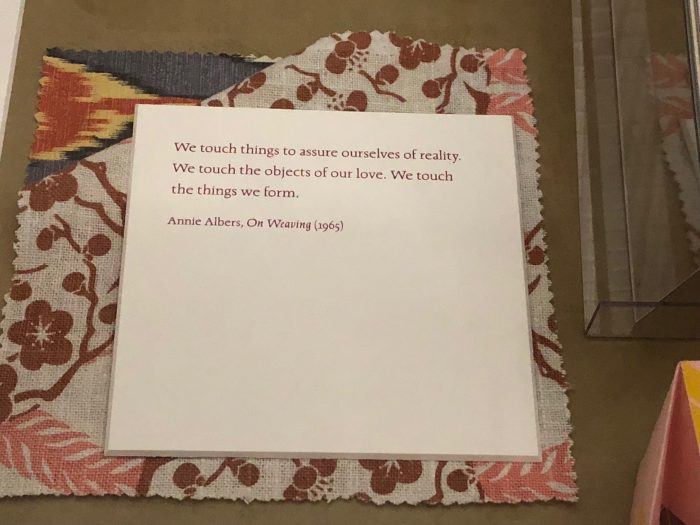Although I was curious about weaving throughout my childhood, it was while I was studying ancient history in college that I finally pursued learning to weave. I happened to be in the right place at the right time because my tiny college in the middle of New York state just happened to hire a weaver for one year of their artist in residency program. That weaver was Candiss Cole.
I continue to be most fascinated with what we can learn about the earliest textile remains, so I was mesmerized by this article from Science Nordic that I found on facebook yesterday.
You can read the full article here. This is a wall hanging from the late 12th c. that was embroidered on handwoven red fabric. Most of the fibers used are wool, with some linen used in the embroidery stitches. Back in its heyday it was full of brilliant blues, greens, yellows and white against the red woolen cloth. At some point, perhaps around the Reformation, this wall hanging got rolled up and stored in the loft of the church, and forgotten, which saved its life for someone to discover and for us to learn about.
And what can we learn? For one thing, that there were some talented embroiders in this area who were spared some of the drudgery of farm work in order to be allowed to work on this piece. It tells us that they must have lived on farms that were prosperous enough to spare these few women to do this handwork. It shows that while making ends meet from year to year was not easy, beyond that there was a call to make objects of beauty. It shows that these women knew a wealth of stitches, and one in particular that is found only in Norway. This piece tell also tells us what dyes they used at that time. Like woven medieval tapestries, it confirms the tradition of telling a story through imagery in a manner similar to today’s cartoon strips. This piece is on display at the Norwegian University of Science and Technology in Trondheim.
And to achieve such a beautiful feat, these women had access to finely woven cloth on which to embroider. They had colored threads to use in their embroidery. They had needles. They had the skill to envision the objects they wanted to depict and the skill to embroider them. This is what always pulls me down the rabbit hole of history: these women are still speaking to us from another millennium.
Years ago Bob and I visited the Metropolitan Museum in New York to view the exhibit of Leonardo DaVinci’s drawings. It was frustratingly crowded, but there was still that sense of being pulled back in time, to be a witness to Leonardo’s hand making marks on paper. There weren’t even pencils as we know them, or paper as we know it, back then. He was using silver wire on linen paper. The drawings and sketches were as personal as handwriting, and as close as yesterday, or today.
About a week ago, Bob and I visited two galleries on the Yale campus to view an exhibit called “Text and Textile.” You can see it yourself, at the Beinecke Rare Book and Manuscript Library, through August 12.

This was a printed work on cotton of a jacquard weave pattern. The printing process took numerous layers of printing to complete. I enjoyed this piece, with its printed original pattern for weaving, being printed again in layers on woven cloth. There were plenty of clever and interesting things to see in this exhibit, which extends to another building on campus–the Haas library that is part of the Architecture School.
The curator summed up the theme of this exhibit so well:
Even as the Fates spin the thread of our lives, text and textile enshroud the body in the fabric of myth, the costume of the domestic or the exotic, the imperatives of the industrious or the industrial. This exhibition draws on Yale University’s extraordinary collections to explore the intersections of text and textile in literature and politics, from Eve spinning in a thirteenth-century manuscript to the mill girls of New England in the nineteenth century. Particular highlights include: Gertrude Stein’s waistcoat; manuscript patterns and loom cards from French Jacquard mills; the first folio edition of William Shakespeare’s plays; the “Souper” paper dress by Andy Warhol; American samplers; Renaissance embroidered bindings; Christa Wolf’s “Quilt Memories”; Zelda Fitzgerald’s paper dolls for her daughter; Edith Wharton’s manuscript drafts of “The House of Mirth”; an Incan quipu; poetry by Langston Hughes, Emily Dickinson, Susan Howe, and Walt Whitman; and the Kelmscott Chaucer by William Morris.
What moved me from this exhibit? Seeing a vest made for Gertrude Stein by Alice B. Toklas. Now why didn’t I take a photo of it? I guess I was struck dumb by seeing it! It glowed with love from Alice’s hand stitches.
This little book which includes the image of a Flemish spinner (attributed to Boccaccio) that I currently have on my Shannock tapestry loom, barely started.
This lace panel with an accompanying poem gave me such a sense of the passage of time, of women’s hands carefully and lovingly making these pieces that have long outlived their makers.
This display was particularly poignant–a cloth book made for recovering soldiers who fought in WWI. They used these books to embroider their feelings and experiences. The slow process of embroidering their thoughts must have been therapeutic on a number of levels.
It was a remarkable spring day in New Haven. I couldn’t resist trying to catch it….I was about to write ‘on film.’ But that’s no longer the case.
And it was a perfect day for looking at windows and roof lines that always catch my eye!
We ended the visit by attending a lecture by Valerie Steele on the history of the color pink titled “The Color Pink: the History of a Punk, Pretty, Powerful color.” Her lecture got off to a powerful start with this image!

Valerie Steele is curating an exhibit for FIT on her research on pink which will open in September. Road trip, anyone?
I’ll end with some words from another weaver from the not so distance past…..

